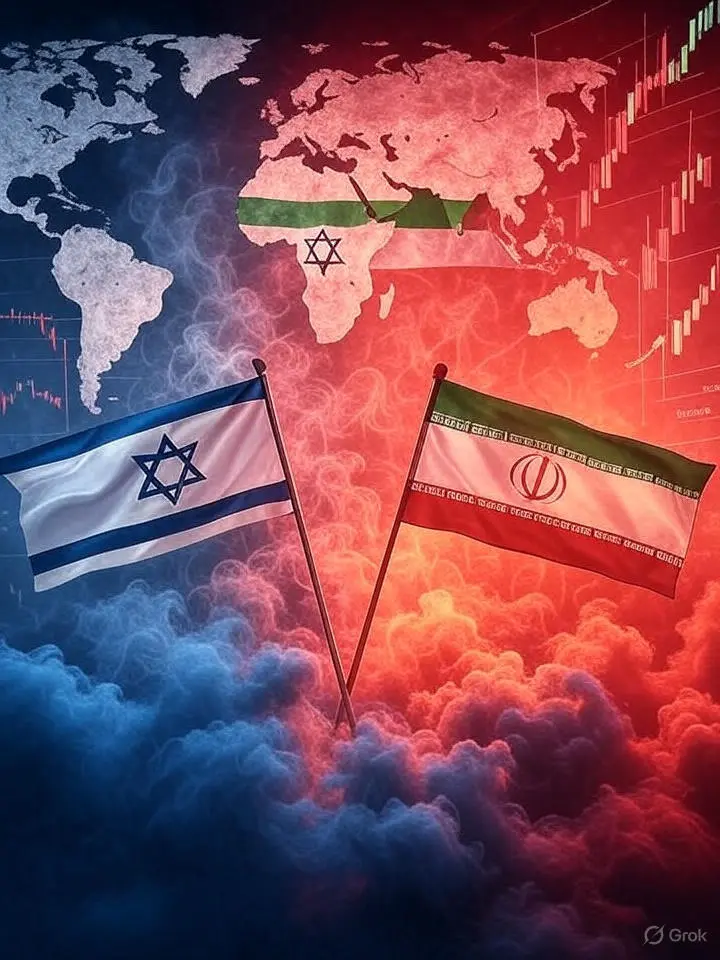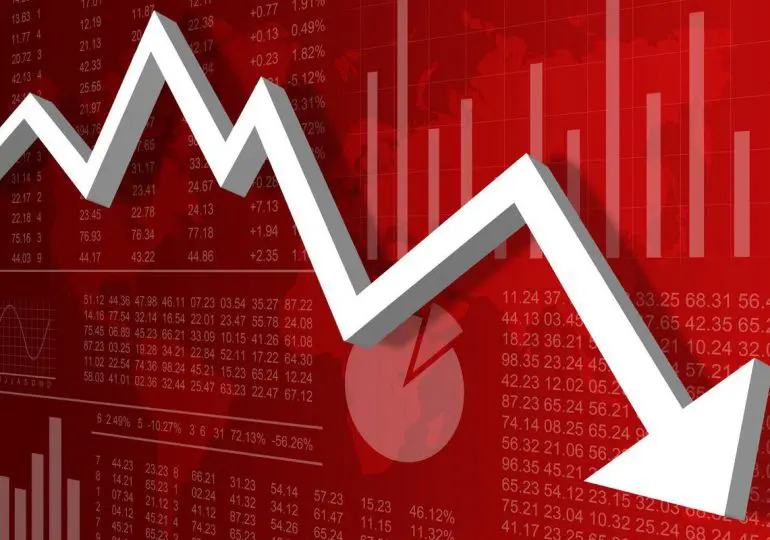

Hong Kong dollarHKDRUB7.84 RKbuy

YuanCNYRUB8.94
HK$ and CNY volatility is relatively low
Since 1983, the Hong Kong dollar has been pegged to the US dollar and has been trading in a narrow range of 7.75-7.85 HK$ per USD. Over the year, the Hong Kong dollar can rise or fall to the US by only a percentage.
And the yuan in 2005 was untied from the US currency., and the USD-CNY pair is in a wider range. Year-on-year, the yuan may rise or fall against the dollar by about 10%. It's not that much, if you remember, what roller coasters are in the Russian ruble.

HK$ and CNY are more expensive on the Moscow Exchange, than in Forex
Previously, prices on the Russian and international markets were almost the same. At the Moscow Exchange, they asked for the same amount of rubles for currency, how much and on Forex. But in the spring of 2022, prices began to diverge noticeably.
In March, the Hong Kong dollar on the Moscow Exchange cost 120% more, than in Forex. Probably, the reason is high demand and low liquidity. In July, the trading volume of this currency grew, and the overpayment decreased to 0-10%.
For the yuan, the March inefficiency was less - about 20%. And in July, the overpayment against Forex decreased to 0-6%. Seems, that it's not so much, but at the beginning of the year the prices were the same.

Trading volumes of HK$ and CNY on the Moscow Exchange increased
Demand for yuan and Hong Kong dollar increased due to Western sanctions, therefore, the volume of trading in these currencies on the Moscow Exchange also increased.
Since the beginning of the year, the monthly trading volume of the Hong Kong dollar has increased 166 times, from 29 million to 4.8 billion rubles. And the volume of trading in the yuan grew in 33 Times, from 27 to 886 billion rubles.
While both Asian currencies are still heavily underperformed by the US dollar. In July, they were traded for more than 2 trillion rubles.

HK$ and CNY back to 2017 levels
Now the ruble is trading against the USD, HK$ and CNY at the level of five years ago. All because of the strengthening in recent months. For example, since the beginning of 2022, the Hong Kong and US dollars have fallen against the ruble by 16-19%. The yuan sank more over the same period - by 23%.

Worst month for ruble
A little about currency horror stories. Many are sure, that August is the worst month for the ruble. Maybe, due to the 1998 default. Then, for six months, the US dollar strengthened in 4 Times, from 6 to 24 rubles.
Based on data since 2004, in August, the dollar usually rises against the ruble by 2,1%. It's bad, but not the worst. Almost the same dollar rises in January, July and November. And the best month for the ruble is April. Here the dollar loses about 2%.
History shows, that the ruble does not have any unambiguously worst month. Periodic crises look much more dangerous, during which the ruble falls by tens of percent. And they can happen in any month..

Resume
There is no magic pill in the currency market right now.. That is, there is no one tool, which would protect against all risks.
The American dollar used to be a magic pill for Russians. This is logical: the US has a strong economy, and inflation is usually low. Dollars helped to calmly survive crises and crazy ruble jumps.
But things have changed in 2022.. Now regulators - Western or local - can restrict dollar trading, and then the money hangs. Therefore, the Bank of Russia and Brokers recommend exotic currencies.
Yuan and Hong Kong dollar look relatively good. For example, they are not that volatile, like Russian ruble. The problem is different: China and Hong Kong are developing regions.
Political and economic risks are higher here, than in developed countries. Usually, in times of crisis, investors shift to US dollars., therefore, the currencies of developing countries can devalue.


